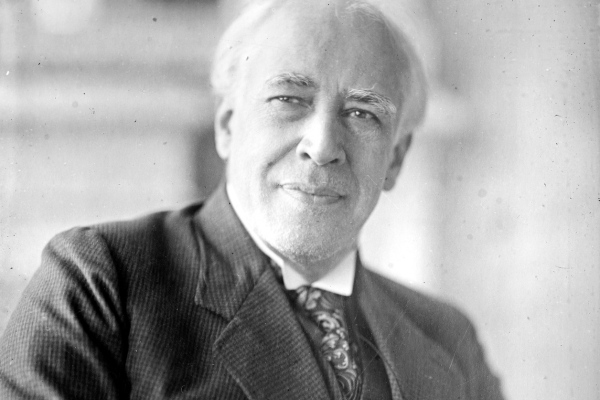20 February 2025
The Stanislavski Method: Practical Exercises for High Schoolers
Elise Czyzowska
Senior Content Marketing Executive
Born in 1863, Konstantin Stanislavski was a Russian actor, director, and theorist.
He is famous throughout the world for the development of his method for training actors, called 'the System', and because of the standards of performance established at theatre he founded in 1897 with Vladimir Nemirovich-Danchenko, which became known as the Moscow Art Theatre.
What is the Stanislavski System?
"There is no truth without life, and no life without truth..."
The theatre of Stanislavski's time was a mixture of one-dimensional melodrama and early 'realism'. There was no actor 'training', so to speak – instead, actors were adopted into a company and served apprenticeships to observe the techniques of older actors.
In comparison, Stanislavski's System combines basic training in voice, movement, and other skills with training in research, analysis, rehearsal, and performance of a role in a way that is true to life.
The Three Bases of Stanislavski's System:
- Action: The actor must fully commit to every role through internal and external actions.
- Emotion: The actor must allow these actions to invoke truthful, meaningful emotional expression.
- Subconscious: The actor must allow their subconscious memory of emotions and experiences to produce truthful material for the role.
 Stanislavski directed many productions of Chekhov's work, including Uncle Vanya in 1899.
Stanislavski directed many productions of Chekhov's work, including Uncle Vanya in 1899.
Stanislavski in Practice: Exercises for Students
This practical exercise has been adapted from the DT+ platform. If you are a customer, click here for the full activity.
Belief makes the difference between 'pretending' and 'reality'. This exercise will help students to test the difference between 'truth' and 'pretense', and better understand Stanislavski's System.
Divide the class into pairs, and have them share a real event that has happened to them recently with one another. The pairs should decide which story they will use for this exercise.
The event will then be told to the audience (the rest of the class) by both members of the pair, one at a time. This means that one of them will be telling the truth, and the other will be pretending.
The pretender – the actor – is trying to convince the audience.
Can the audience tell who is telling the truth, and who is not?
If they correctly identify the pretender, the group should analyze what it was about the performance that did not ring true. It may be as vague as a gut feeling.
This should be followed by the student who ‘acted’ the story analyzing why it was difficult to believe what they were saying.
This is an important clue to the nature of Stanislavskian acting.
An actor has to live through a character’s experiences as closely as possible – they should hear the voices of the other people in their life, see the colors of the countryside, taste the food… These details can only be built up by using one’s imagination.
Free 'Cheat Sheets' for Stanislavski, Brecht, or Artaud!
Did you find this practical exercise a useful introduction to Stanislavski's System? You can find this activity – plus more Stanislavski teaching resources – in this exclusive Stanislavski 'Cheat Sheet'!
Not teaching Stanislavski?
Cheat sheets are also available for Brecht's Epic Theatre and Artaud's Theatre of Cruelty!
Related blogs
5 Top Tips to Encourage Reluctant Readers
It’s no secret: reading isn’t every student’s forte. For some, it’s seen as a boring, old-fashioned...
Read more8 educators to follow on social media (and 10 hashtags to check out)
It may be that you’re already a social media pro, fully equipped with accounts specifically...
Read moreHow Theatre Promotes Mindfulness in the Classroom
Theatre encourages us to live in the present. Whether we are watching, discussing, or even...
Read moreGet the latest teaching tips straight to your inbox
Explore free lesson ideas and inspiration, education news, teaching trends and much more by signing up to regular blog updates!







